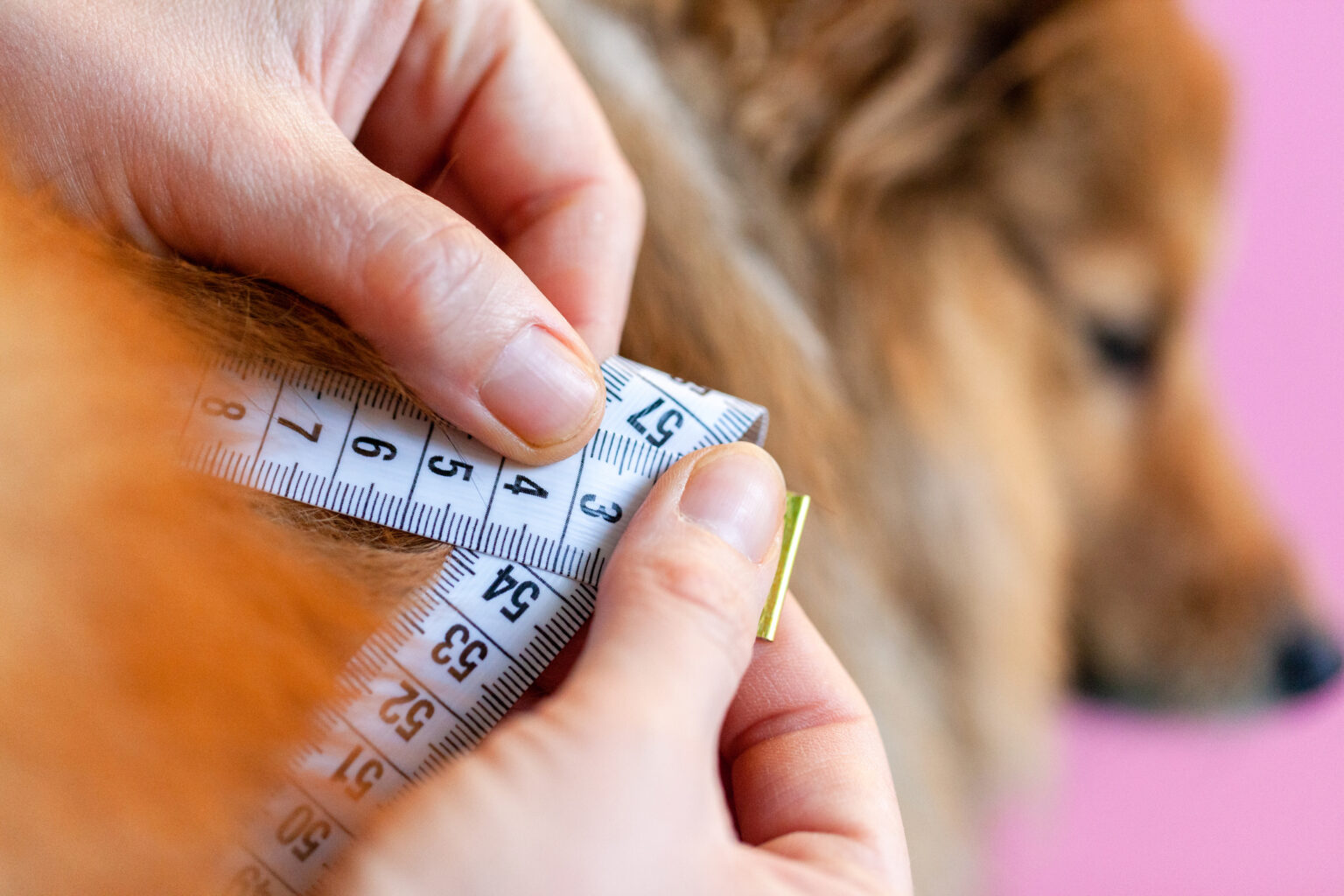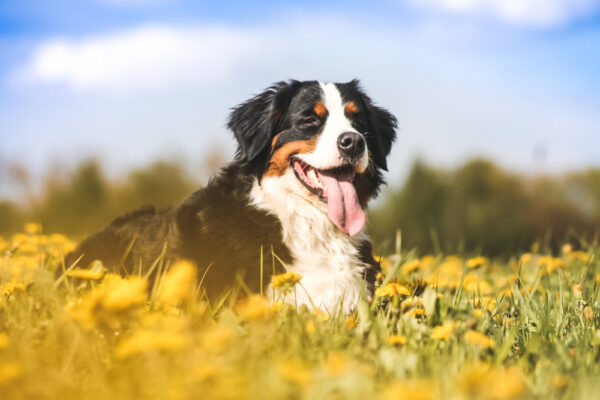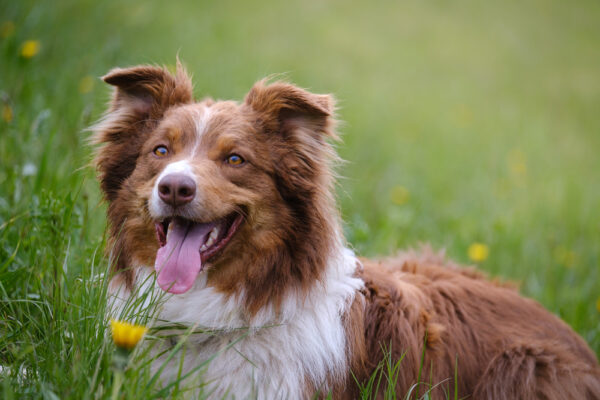You may think your pet is in good shape, but when did you last check their weight or body condition score? In our New Year’s Resolutions series, we’ll talk about four important aspects of your pet’s wellness – and the first one is dealing with pet obesity.
Recent clinical studies have found that up to 65% of dogs in the UK are obese or overweight. But however common obesity may be in cats and dogs, the good news is it’s very preventable.
Factors that contribute to weight gain
So, what are the habits that (excuse the pun) feed into the problem?
- Too many meal scraps, snacks and treats
- An energy-dense, high-fat diet
- A well-balanced diet without proper portion control
- Insufficient exercise to burn off energy
You could say, then, that obesity is the result of too many calories and not enough activity. Interestingly, it seems some cats and dogs may be more prone to gaining weight. For example, research suggests Labradors are genetically predisposed to being hungry. Moreover, your pet’s metabolism can slow down with age, certain metabolic disorders (like hypothyroidism) or neutering.
An overweight pet may not show signs of other health issues at first, but these can slowly creep up over time, decreasing your pet’s quality of life. The excess weight puts pressure on your pet’s joints and organs, and when not handled correctly, obesity can even lead to the onset of health conditions like type 2 diabetes or a reduced life expectancy.
Dig deeper, and it’s easy to see that prevention is better than cure. Nonetheless, there are ways to improve an overweight pet’s quality of life. So let’s look at them.
A healthy diet
A good place to start is diet: check the feeding guide on your pet’s food to ensure you’re feeding them the right portions. And when it comes to cat and dog treats, a good rule of thumb is that they should not account for more than 10% of your pet’s daily calories. We love giving our furry friends a daily treat or two – it’s all about sticking to a sensible limit (choosing healthier and low-calorie alternatives can also help).
Likewise, selecting a formula for your pet’s life stage, breed or condition is a great way to make sure they’re getting the nutrients they need.
If you suspect your cat or dog is overweight, your vet can give you a diagnosis based on factors like body weight and body condition score (BCS). They’ll also help with setting a target weight and may also recommend a weight management diet.
What about exercise?
Well, glad you asked! Exercise is the second part of our healthy-weight equation. Even if your pet is eating a balanced diet, animals that do not exercise regularly will inevitably gain weight. Therefore, it’s important to walk your dog at least 30 minutes a day and play with your cat a few times daily – especially if they stay indoors. Dogs with high energy levels may need to exercise longer (up to two hours every day).
Our next blog in the series is about exercise for pets, so stay tuned for tips on how to keep your furry companion active. In the meantime, we hope you’ve found the first part of our series interesting. And remember that when it comes to your pet’s health and happiness, any step towards helping them feel better counts, whether big or small.



